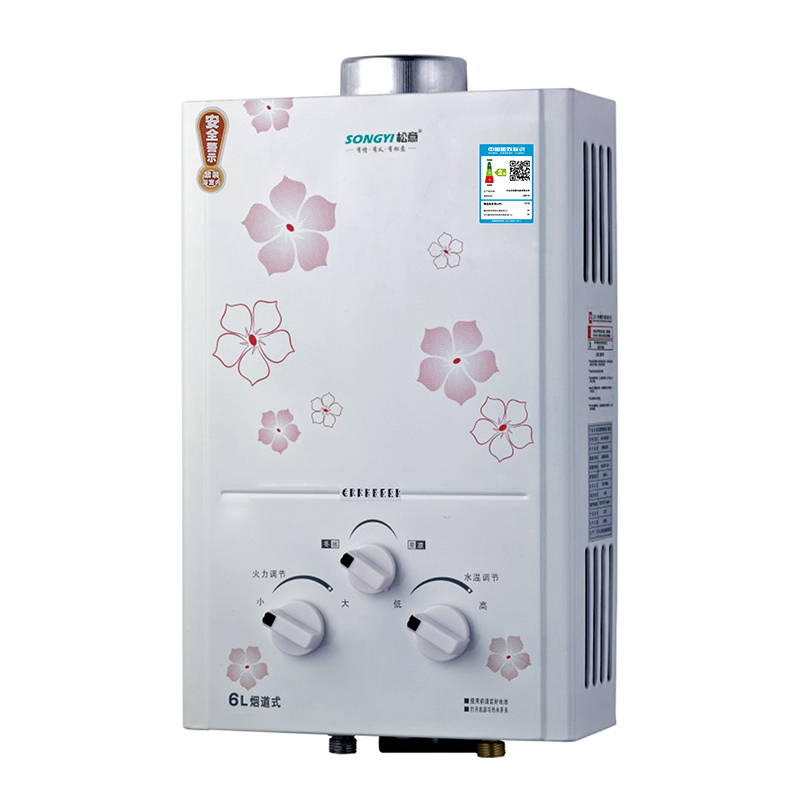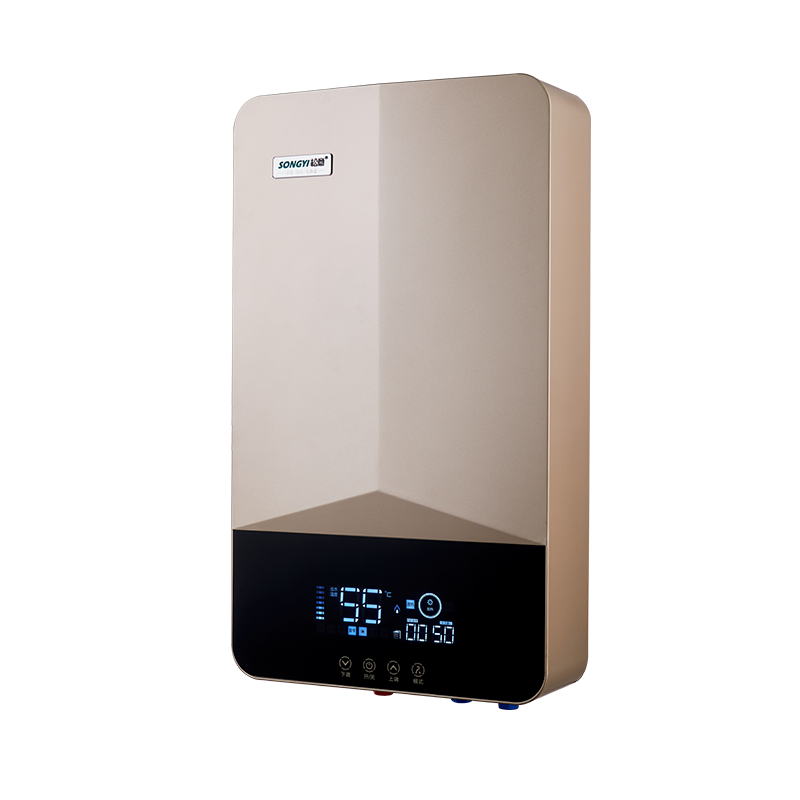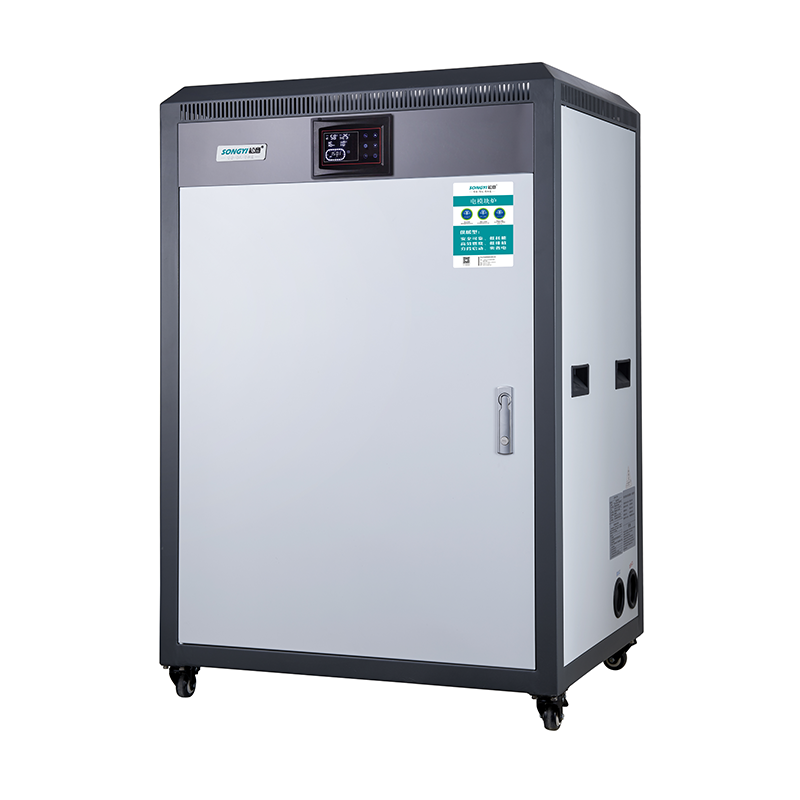As an essential appliance for modern households, the installation and use of a gas water heater directly affect the safety and comfort of your home. This guide provides important steps for properly installing and using a gas water heater.
Proper Installation of a Gas Water Heater
- Choosing the Installation Location
Good Ventilation:
Select a well-ventilated area, avoiding enclosed or poorly ventilated spaces to ensure the heater can properly expel combustion gases and prevent carbon monoxide buildup.
Stable and Solid:
Ensure the installation location is stable and can fully supporting the heater’s weight to avoid safety hazards due to instability.Avoid installing above exposed electrical wires or below gas stoves , grills, or other appliances to ensure safe operation.
Ease of Operation and Maintenance:
Choose a location that is easy to access for operation and maintenance, facilitating future cleaning and repairs.

- Installation Steps
Measure and Drill:
Measure according to the water heater’s dimensions and installation requirements, and drill holes in the appropriate spots on the wall. Storage-type water heaters should be installed on load-bearing walls;If installation on a lightweight wall is necessary, use additional brackets or other reinforcement measures.
Secure Installation:
After drilling, use suitable screws to securely mount the water heater on the wall. The installation height is generally between 165-175 cm for easy observation and operation.
Connecting Water Pipes and Gas Source:
Use high-quality, standard-compliant metal hoses or other durable water pipes and gas lines. Connect the cold water pipe to the heater tightly,ensuring tight, leak-free connections. Also, verify that the gas valve is correctly installed and connected to the gas pipeline.
Install the Exhaust System:
The exhaust pipe is crucial for the water heater. Choose high-quality, well-sealed pipes and ensure the connection joints are airtight. Avoid installing the exhaust pipe too close to plastic vents, AC ducts, and ensure it’s positioned high enough to prevent weather exposure.
Connecting Power and Debugging:
If the gas water heater has electronic controls or requires electrical support:
- Connect the poweraccording to the manual, ensuring that the electrical components’ plugs and sockets are securely connected without any looseness, ensuring safety to prevent circuit issues.
- Select the appropriatebattery type according to the requirements in the water heater manual,Open the battery compartment cover at the bottom of the water heater and install the batteries correctly according to the polarity.Ensure the batteries are firmly installed without any looseness.
- Conduct an initial debugging to ensure good combustion, absence of abnormal noises, and smooth exhaust.

- Safety Check
- After installation, perform a comprehensive safety check, including verifying the
firmness of all parts, checking for gas leaks in pipes, and ensuring proper grounding of the power supply.
- Conduct an ignition test and heating function test to ensure the heater operates
normally and safely vents flue gases.
By following these steps and precautions, you can ensure the safe and effective installation and use of your gas water heater. Proper installation, adherence to procedures, and regular maintenance will provide your household with a reliable and safe hot water supply.
Proper Use of a Gas Water Heater
Read the Product Manual
Before use, thoroughly read the product manual. Understand the operating instructions, precautions, and maintenance knowledge. Follow the manual and instructions to use the water heater correctly.
Ventilation
Ensure the room is well-ventilated when using the gas water heater. It is recommended to turn on the exhaust fan during use for forced ventilation. If the exhaust fan fails or there is a power outage, immediately open windows for natural ventilation to prevent gas accumulation and potential safety hazards.
Ignition and Temperature Adjustment
Ignition:
For automatic ignition, simply press the power switch and wait for the heater to ignite automatically.
Temperature Adjustment:
Set the desired water temperature using the temperature control knob or buttons provided on the gas water heater. The ideal bathing temperature is generally between 38°C and 42°C to avoiding setting the temperature too high to prevent burns.

Usage and Maintenance
Adjusting Water Flow:
Adjust the amount of water output through the water outlet control valve of the heater, select based on actual needs, and avoid wastage.
Regular Cleaning:
Regularly clean the heater’s filter and interior to maintain equipment hygiene and extend its lifespan. Ensure the power is completely disconnected during cleaning to avoid the risk of electric shock.
Daily Use and Maintenance:
- Regularly clean the combustion chamber and flue to ensure efficient long-term operation.
- Take antifreeze measures in winter, and drain the tank and close the water valve if not in use for an extended period.
- After each use of the gas water heater, turn off the gas valve and the heater’s power. Wait for the unit to cool down before cleaning and maintenance.
By following these proper usage and maintenance steps, you can ensure that the gas water heater safely and efficiently provides hot water for your family, extends the appliance’s lifespan, and maintains the safety and comfort of your household.





